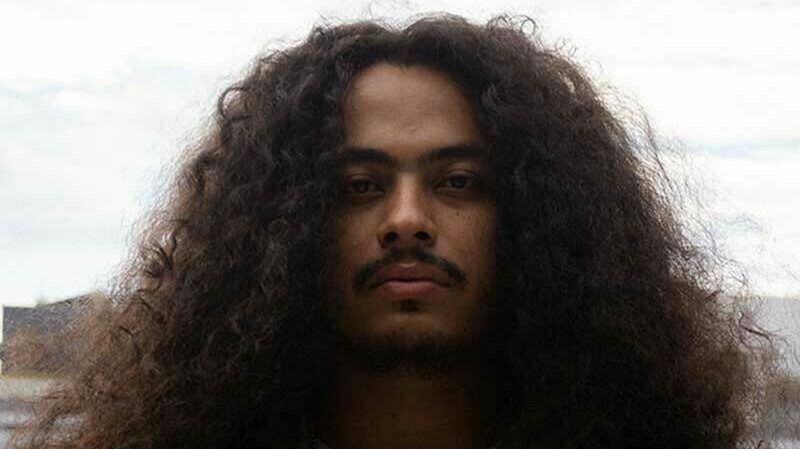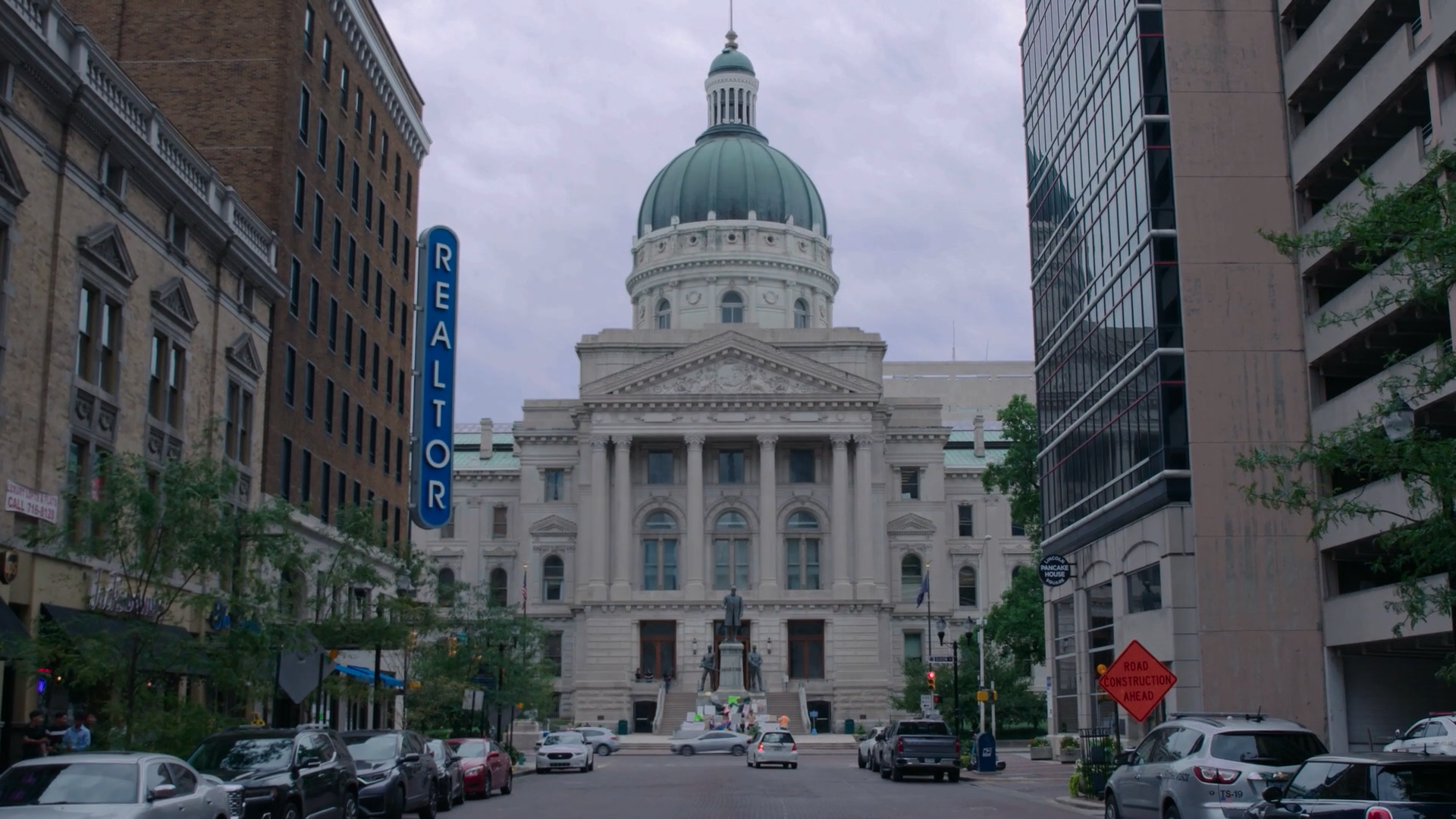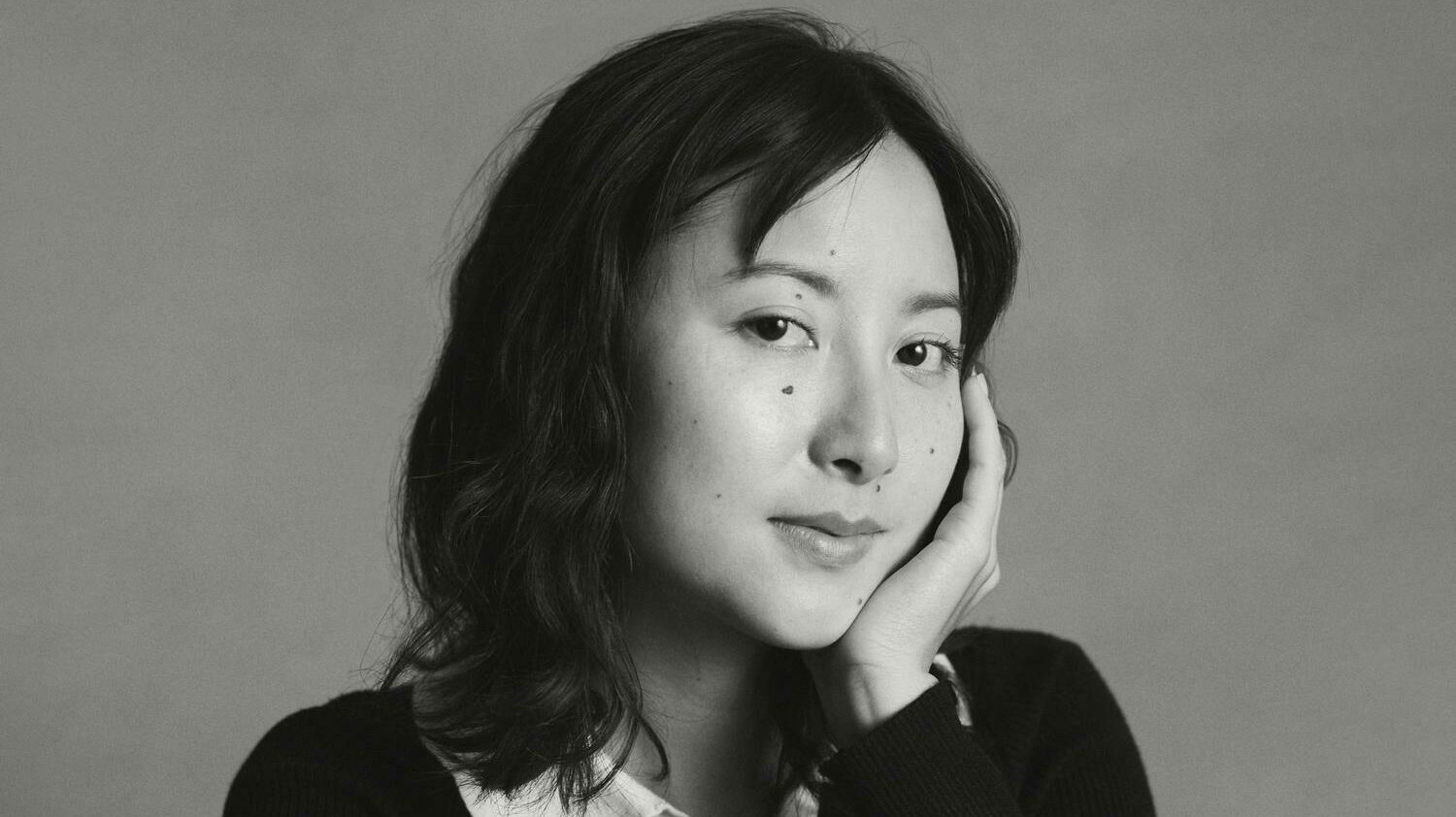Mitchel Merrick and Lopaka Kapanui Share the Inspiration Behind 'Ka Ho'i'
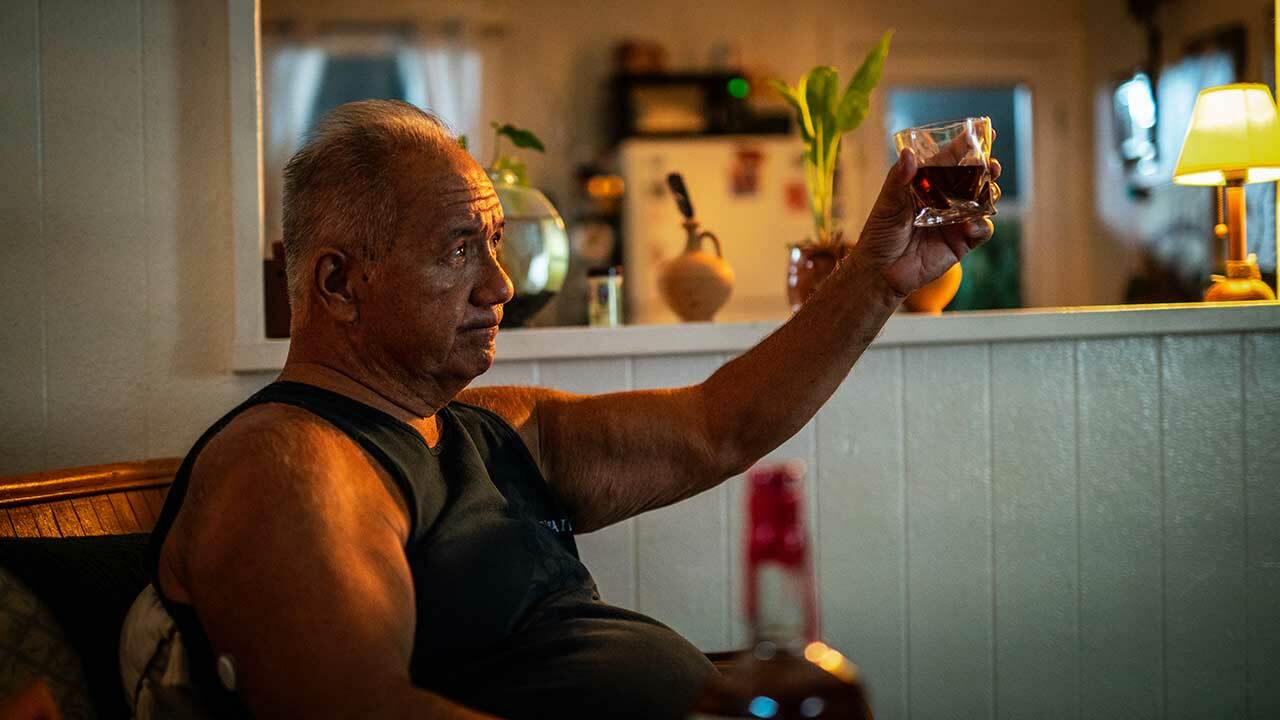
Director Mitchel Merrick and Producer Lopaka Kapanui discuss the making of "Ka Ho'i," and the stories which helped to inform this short film.
Megan Hearst: What is the meaning behind the name, "Ka Ho’i" (The Return)? What does this idea of a “return” mean to you?
Mitchel Merrick: “Ka Hoʻi” is the Hawaiian translation of the title “The Return.” During the writing process we came to the decision that this felt right as the title for the film, because of the many ways a “return” takes place within the story. First, you have our main character, Adam Pokiʻi, who is returning to what he feels is his rightful place alongside his war buddies, but you also have this return taking place with Adam’s grandson, Kameona, putting the dirt back in place that Adam and his war buddies took with them before they left for war.
That secondary return was something that emerged during the rewrites of the script, and something about that addition really clicked for us when figuring out the whole theme of the story. I felt there was a beautiful parallel to that aspect of the story and to the circular nature of life, that is clear in the Hawaiian culture, that we come from the ʻĀina and at the end, we will always return to it.
Megan: Though "Ka Ho’i" is deeply informed by Hawaiian folklore (such as the legend of the nightmarchers), much of the plot relates back to everyday lived experience, especially the experience of the Vietnam War and the resulting struggles with PTSD. Were there any particular stories and experiences which inspired this story?
Mitchel: The film is based off of a short story from Lopaka Kapanui, who is well renowned as a Master Storyteller in Hawaiʻi. We were incredibly privileged to have the opportunity to help bring his story to the screen, but I know that a lot of the inspiration behind it is based on some personal memories of Lopaka’s, so I’d love for him to have the opportunity to explain it in his words.
Lopaka Kapanui: My father-in-law, a Vietnam veteran, inspired this story, as did my brother-in-law, who served in Iraq. A few years ago while watching the Thanksgiving day parade, there was a commercial for veterans who were receiving financial support in order to buy a home. That commercial struck a chord with my father-in-law who said that Vietnam veterans coming home from the war received no such help, but were spit on and called baby-killers, which actually happened to him. That, combined with stories I heard concerning the sight of Hawaiian soldiers in military uniform as part of a nightmarcher procession, is how the story for "Ka Ho'i" was born.
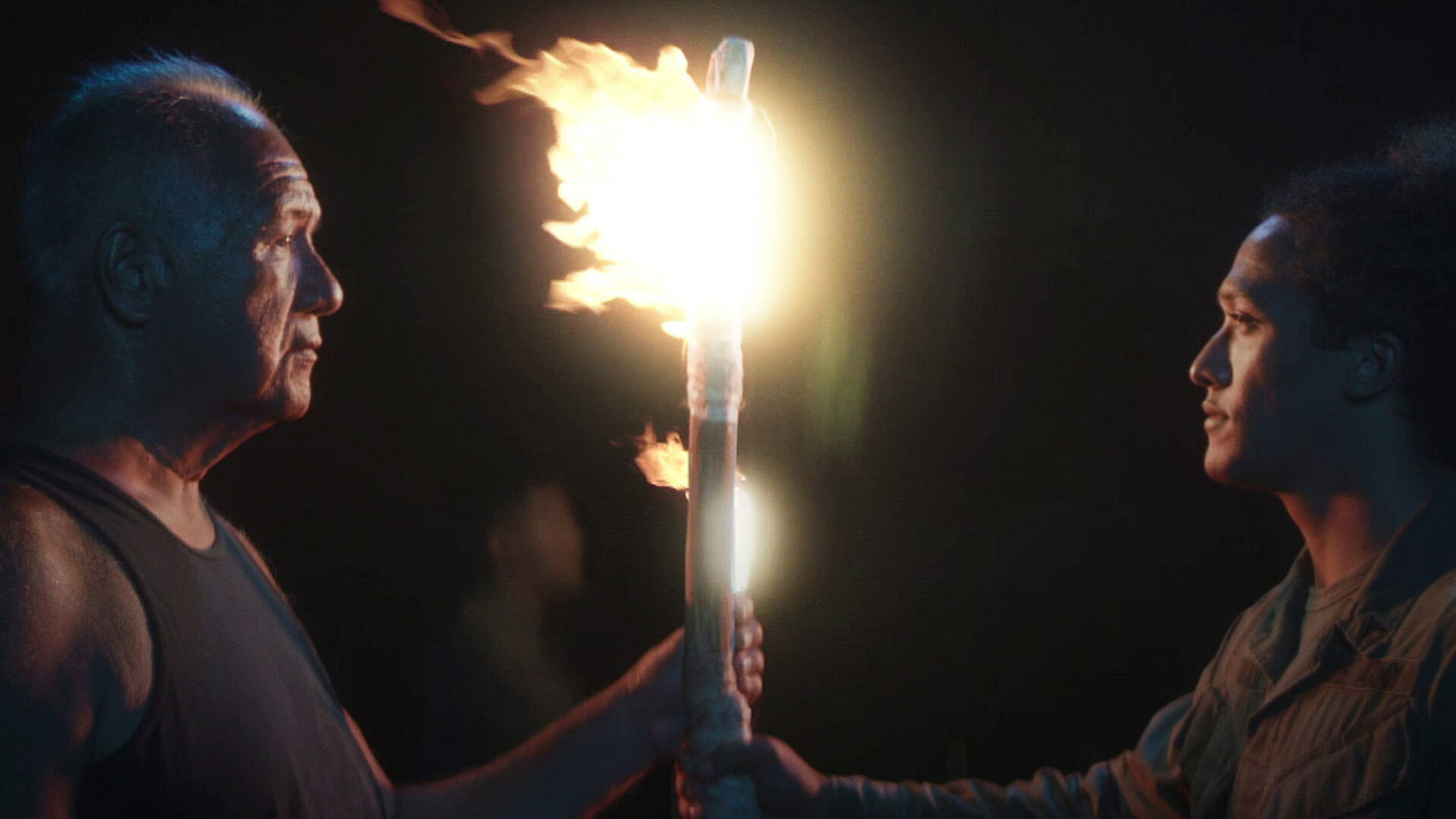
Megan: Much of the plot of "Ka Ho'i" revolves around traditional Hawaiian spirituality and rituals, especially the ritual performed by the protagonist and his comrades before they were deployed. What is the story behind this ritual?
Lopaka: The story of the ritual with Adam Poki'i and his comrades at the beginning of the film as they place dirt into little pouches is meant to keep the ʻāina of Hawaiʻi with them while in Vietnam. It ties into the phrase at the end, "Wherever a Hawaiian goes, there too goes Hawaiʻi." This was a beautiful addition by Mitchel Merrick which really solidified the purpose of the story.
Megan: "Ka Ho'i" manages to take the viewer to some extraordinary destinations, from the battlefields of Vietnam to the edges of the spirit realm. Were there any particular challenges bringing these locales and scenes to life?
Mitchel: For all of the Vietnam sequences, we were fortunate to have access to a large farmland, thanks to one of our producers, Brian Keaulana. For the climactic scene on the beach where Adam has his encounter with his war buddies and the nightmarchers, it was important for us that the actual scene took place in Waimanālo, where a known nightmarcher procession takes place. We ran into some logistical issues with filming on location at Waimanālo Beach, and ended up shooting the scene at a different beach on the island known as Sandy’s, but were able to make the scene look like it was still in Waimanālo with VFX background replacement in post.
Megan: The protagonist’s struggle to connect with his family (especially his grandson) and the wider world after his service in Vietnam is both unique to him, and reflective of larger struggles experienced by many veterans. Is there more that we, as viewers, can be doing to reach out to the veterans in our own lives?
Mitchel: When making the film, it was apparent to us that the story was much larger than just being about respect for our veterans, but instead about having respect and honoring the Kūpuna (elders) in our lives. We want to leave our Kūpuna feeling thought of and cared for rather than left behind or forgotten. Being mindful to be present with them and listening to what they have to say is vital not only to our own well being, but for our community at large. When we are able to look to our Kūpuna for guidance and wisdom, we are able to move forward into the future with a solid foundation.
Lopaka: In my experience with my father-in-law, and brother-in-law, it helps to be good listeners when a veteran is ready to talk as much as they can about their experiences during the Vietnam and Iraq wars. It is important to be good supporters and to be a good positive presence so that as long as they know you are there when they need you, they will feel a lot more secure and safe.
Ka Ho'i

About the Author
More like this
Visit the Behind The Lens Blog